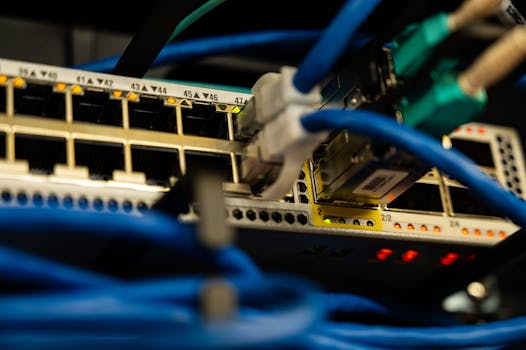Revolutionizing Connectivity: The Latest Breakthroughs in Satellite Telecommunications

Revolutionizing Connectivity: The Latest Breakthroughs in Satellite Telecommunications
Revolutionizing Connectivity: The Latest Breakthroughs in Satellite Telecommunications are changing the world as we know it. The latest advancements in satellite telecommunications are transforming the way we communicate, with faster speeds, lower latency, and greater accessibility. From remote areas to urban centers, satellite telecommunications are bridging the gap and connecting people like never before.
Satellite telecommunications have come a long way since the launch of the first commercial satellite, Intelsat 1, in 1965. Today, there are thousands of satellites in orbit, providing a wide range of services, including television broadcasting, mobile communications, and internet connectivity. The latest breakthroughs in satellite telecommunications are being driven by advances in technology, including the development of smaller, more efficient satellites, and the use of new frequencies, such as Ka-band and V-band.
Advances in Satellite Technology
One of the key drivers of the latest breakthroughs in satellite telecommunications is the development of smaller, more efficient satellites. These satellites, known as smallsats, are typically smaller than a refrigerator and weigh less than 500 pounds. Despite their small size, smallsats are capable of providing high-speed internet connectivity and other services, making them an attractive option for a wide range of applications, from remote sensing to communications.
Another important advance in satellite technology is the use of new frequencies, such as Ka-band and V-band. These frequencies offer faster speeds and lower latency than traditional frequencies, making them ideal for applications such as video streaming and online gaming. The use of these frequencies is also enabling the development of new services, such as satellite-based 5G networks.
Applications of Satellite Telecommunications
The latest breakthroughs in satellite telecommunications are enabling a wide range of applications, from remote sensing to communications. One of the most significant applications is the provision of high-speed internet connectivity to remote areas. Satellite internet services, such as those provided by HughesNet and Exede Internet, are bridging the digital divide and connecting people in remote areas to the rest of the world.
Another important application of satellite telecommunications is the provision of mobile communications services. Satellite-based mobile networks, such as those provided by Inmarsat and Iridium, are enabling people to stay connected on the go, even in areas where traditional mobile networks are not available. These services are critical for a wide range of industries, from aviation to maritime, and are also being used by emergency responders and other organizations.
Future of Satellite Telecommunications
The future of satellite telecommunications is exciting and rapidly evolving. One of the most significant trends is the development of satellite constellations, which involve the launch of hundreds or even thousands of small satellites into orbit. These constellations are being developed by companies such as SpaceX and OneWeb, and are expected to provide global coverage and high-speed internet connectivity.
Another important trend is the use of satellite telecommunications for 5G networks. Satellite-based 5G networks are being developed by companies such as Intel and Ericsson, and are expected to provide faster speeds and lower latency than traditional 5G networks. These networks are also being designed to be more secure and reliable than traditional networks, making them ideal for a wide range of applications, from smart cities to IoT.



